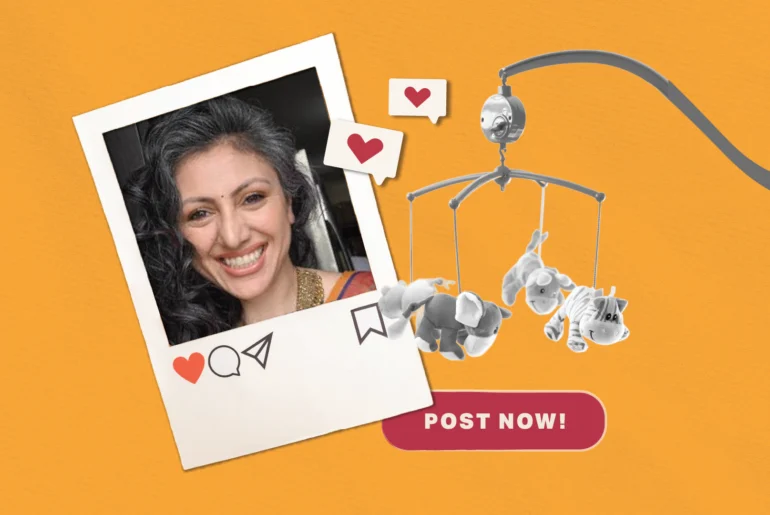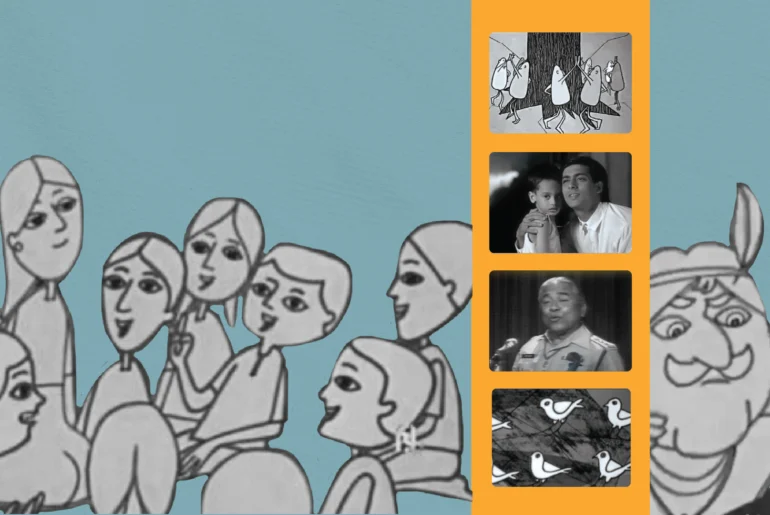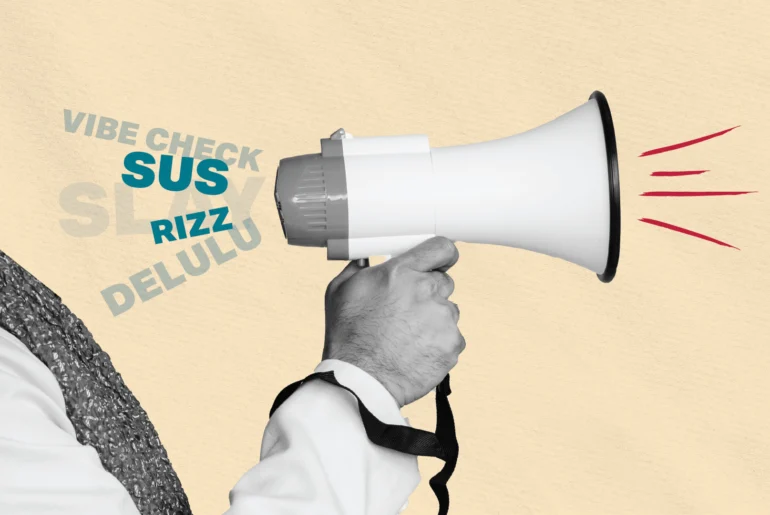Anxiety doesn’t always present itself dramatically. This personal essay explores the unexpected ways midlife anxiety can manifest, from seemingly innocuous triggers to the suffocating feeling of panic. The author shares her own experiences with anxiety, highlighting the importance of recognizing and addressing this silent storm.
Anxiety doesn’t announce itself with a gentle knock. It crashes through the doors of your consciousness, uninvited and overwhelming, leaving you gasping for breath in the most unexpected moments.
When grief triggers the storm
I remember the first-time anxiety revealed its true power. A neighbour’s passing, a man I knew only through passing hellos and elevator small talk, became the unexpected trigger. Watching his body being carried away in an ambulance, a wave of profound sadness washed over me. What should have been a simple afternoon taking my children to their art class, transformed into a battle for survival.
Suddenly, the world narrowed. The air felt thick, impossible to breathe. My chest constricted, and panic rose like a tidal wave. What if I die right here? What would happen to my children? The claustrophobia was suffocating, more real than the physical space around me. My mind raced with catastrophic scenarios; each thought a sharper blade than the last.
While the intense waves of panic eventually recede, the feeling they leave behind is one that makes you sink, a heavy, indescribable weight. It’s difficult to put into words how it leaves you feeling—a profound exhaustion coupled with a lingering vulnerability. It almost feels like the anxiety is waiting by the door, peeping in, biding its time, waiting for a chance to get in and wreak havoc on your mind once more.
The tunnel of despair
Anxiety doesn’t retire. It lurks, waiting for vulnerable moments. A traffic jam in a tunnel became its next battleground. Trapped between concrete walls, my breathing became ragged. The enclosed space seemed to close in, mirroring the panic expanding in my chest. Once again, worst-case scenarios played like a horror film in my mind, each thought more terrifying than the last.
This time, I reached out. My lifeline was my husband’s voice, a steady anchor amidst the turbulent sea of my anxiety.
The unspoken truth of midlife
No one prepares you for these moments. The brochures of midlife don’t mention the emotional earthquakes, the sudden vulnerability, the way your mind can become both your prison and your battlefield.
Physical manifestations of anxiety
Anxiety isn’t just a mental experience. It’s visceral:
- Rapid heartbeat that feels like a drum solo in your chest
- Shortness of breath, as if an invisible hand is squeezing your lungs
- Sweating that has nothing to do with temperature
- A sense of impending doom that feels maddeningly real
- Muscle tension that makes your body feel like a tightly wound spring
Resilience is a verb
What I’ve learned is that anxiety doesn’t define you, it’s a signal. A signal that something needs attention. Your body is speaking a language of stress, of unprocessed emotions, of unexplored fears.
Taking action is important. With professional support, you can get to the bottom of that. There are, of course, options like journaling to help you have a conversation with yourself, like Medhavi Parmar does.
Midlife isn’t about having all the answers. It’s about learning to sit with the questions, to breathe through the storms, to reach out when the waves feel too high.
You are not alone. Your anxiety is valid. Your struggle is real.




